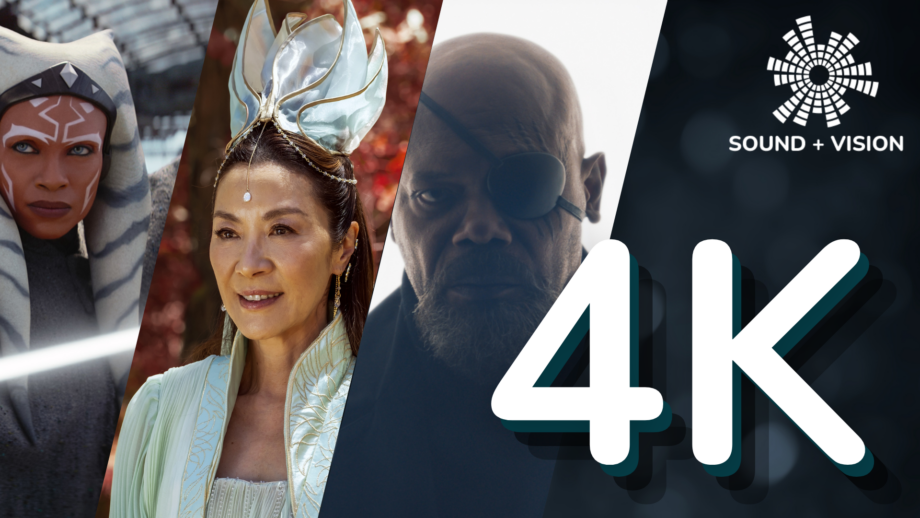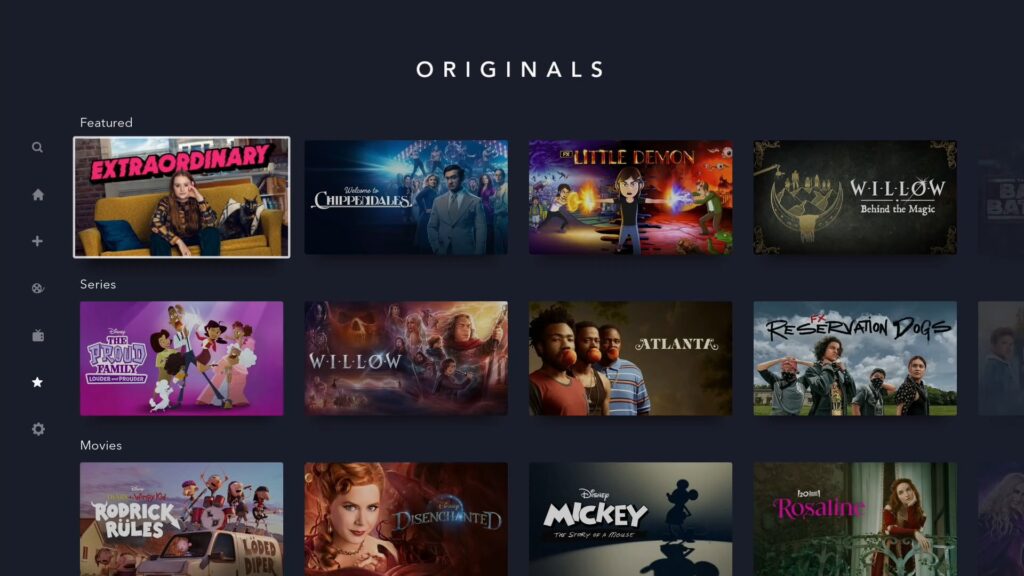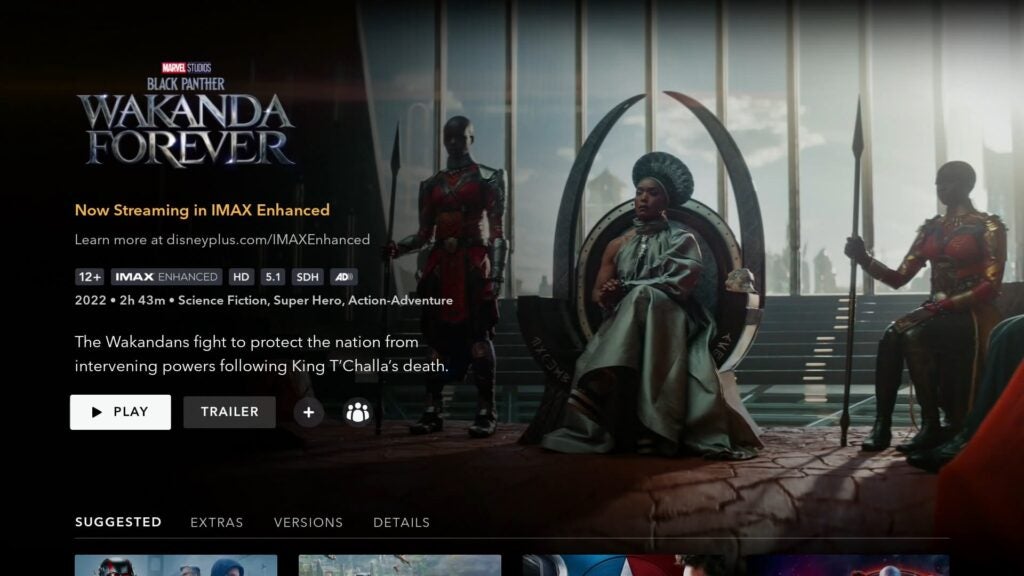Sound and Vision: Disney Plus price increase was inevitable, but charging for 4K is a mistake

OPINION: We knew the price rise was coming, Disney stated it was on its way to the UK and other territories in 2022, but whether it’s music or video streaming services, I think we should now all realise that price increases are the norm, not the exception.
Spotify went up by £1 / $1 in August, and that’s before the Spotify Hi-Fi tier launches (whenever that will be). Netflix has regularly raised prices over the past few years and ad-funded tiers are becoming more frequent.
From the customer perspective you’d argue that streaming services are becoming expensive, from the platform perspective, they’d likely argue that you’re not paying enough. There’s always BBC iPlayer if you’re tired of price jumps.
But what’s got me a bit miffed is not so much the price increase, it’s the siphoning of 4K content into its own tier instead of being available for all.
I’ve talked about this in a previous Sound & Vision column but as it keeps happening, I’ll keep writing about it. 4K shouldn’t be thought of as a premium experience, it should be the standard, and I don’t think it’s all too helpful for the proliferation of 4K devices to still have HD as an option to buy into.

Sign up for Disney+
Disney+ offers access to loads of original shows like The Mandalorian and Hawkeye, classic films and content from big brands like Star Wars, Marvel and Pixar.
- Disney+
- From £4.99 a month
I’m not saying “get rid of HD” much like I said DVD should be given the heave-ho in another column; the scaling of performance the Disney+ app offers works as it should in optimizing the experience for your device. What I feel Disney should have done is offer 4K HDR content across all its upcoming tiers, from the ad-funded tier to the premium offering.

No streamer, as far as I know, has attempted this. Freevee, essentially the cheaper ad-funded version of Prime Video, claims to have 4K HDR content but what’s there seems to be incorrect tagging as it actually plays in HD.
Streamers seem to think that if they frame 4K HDR as a ‘premium’ experience, people will pay for it, but I think it’s far more likely that people will take the cheaper option, save some cash, and argue that 4K HDR doesn’t make a whole lot of difference to their experience anyway.
4K HDR TVs are the majority of what’s being sold in the market. If you buy an HD TV now, it’s probably smaller than 40-inches, but is still likely to support HDR formats such as HDR10 and HLG. It makes no sense to me for people to pay for a service and watch it HD, while the TV upscales it to 4K. There’s so much programming on streaming services shot on film or digital at resolutions higher than 4K. You buy a 4K TV, you want to see content at its best, otherwise, what’s the point of having one?

What I’d much prefer streaming services do is to keep divvying up the features between tiers. How many downloads you get for offline viewing, how many devices/simultaneous streams – if you really wanted to give people a (perhaps controversial) choice, why not split the library? New releases on one tier, the full library including classics, shorts, behind-the-scenes on the most expensive for the full experience?
That, to me at least, would be a way for consumers to look at what’s being offered and configure their streaming experience in the way they want. But restricting 4K HDR content – which is what this and other tier plans are doing – won’t help.
We should be living in a 4K world but decisions like this, as well as speculation that Euro 2024 won’t be broadcast in 4K, downplay the its importance instead of bringing it to a bigger audience. That seems a waste to me.








